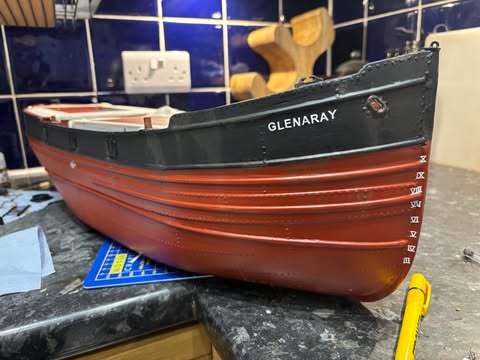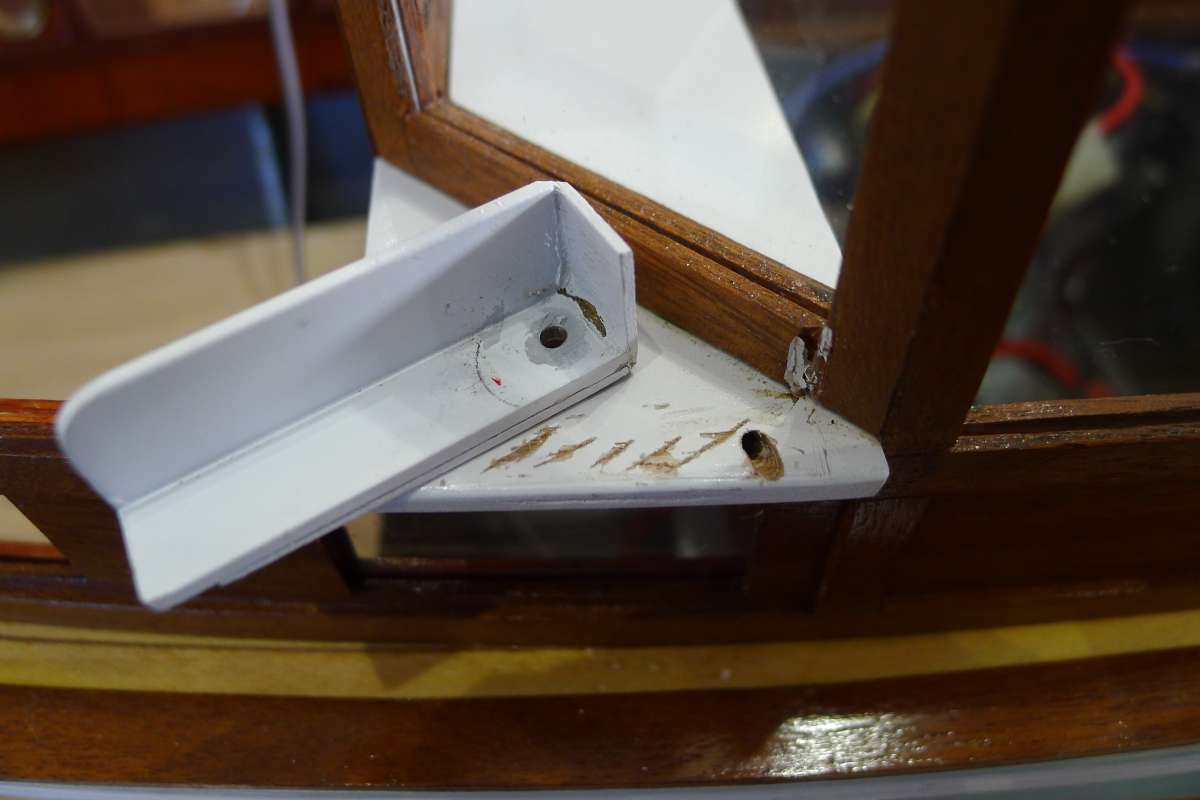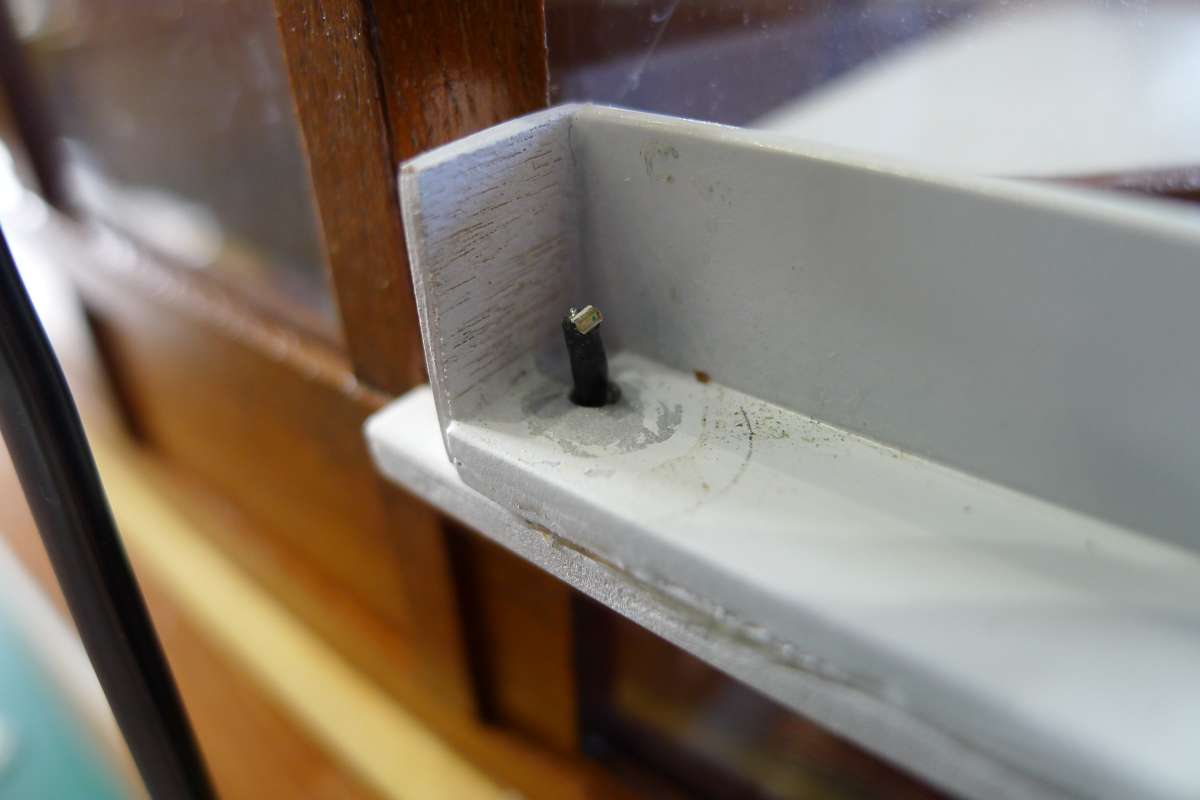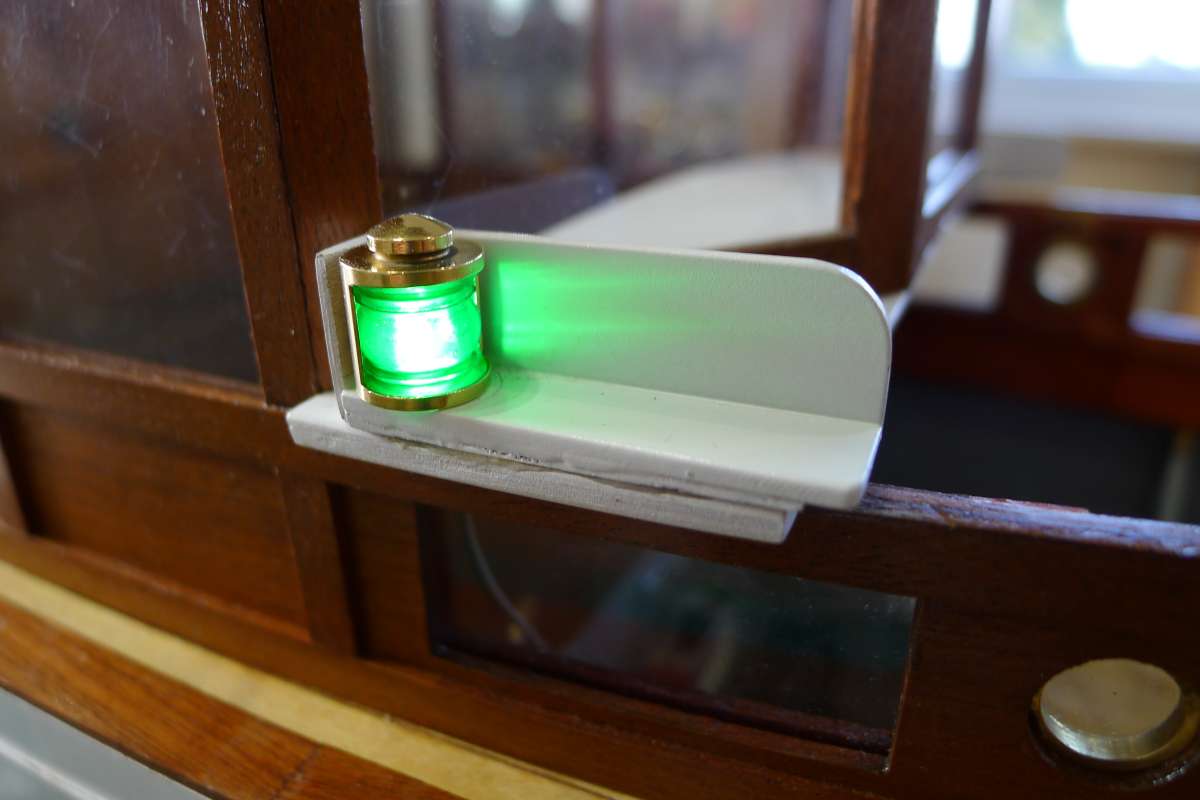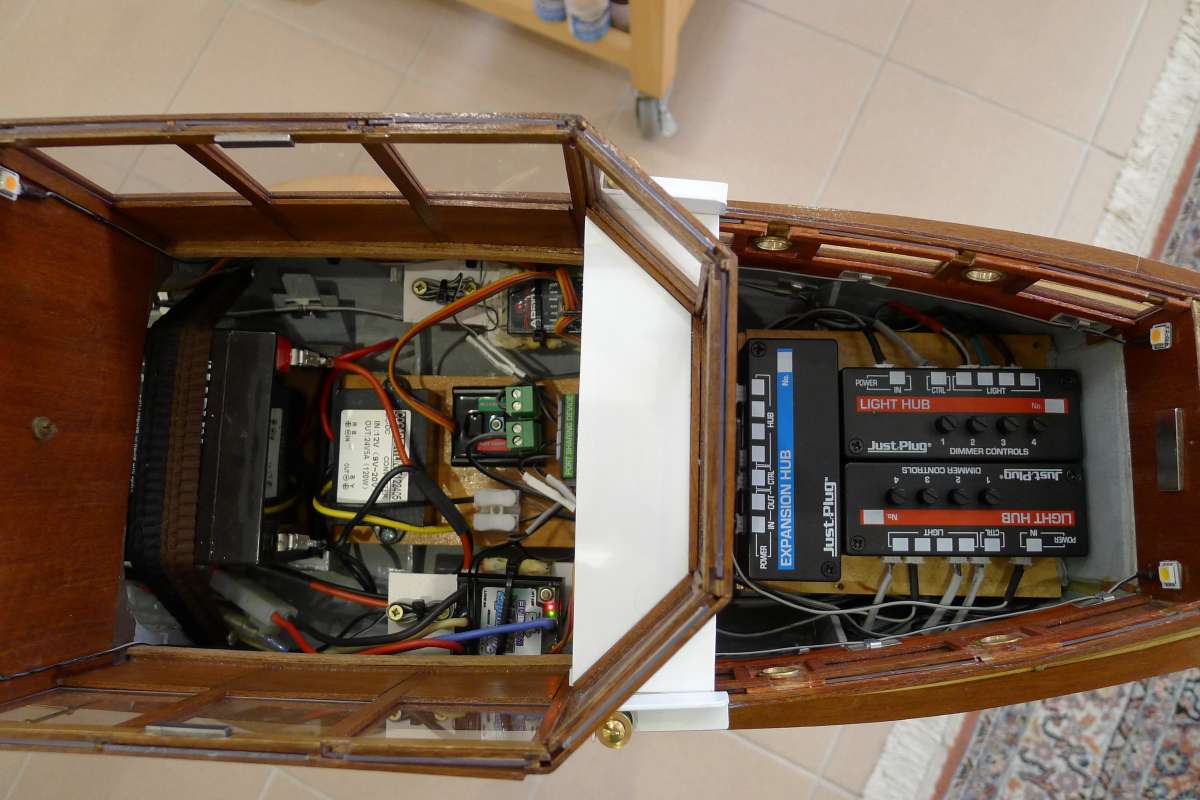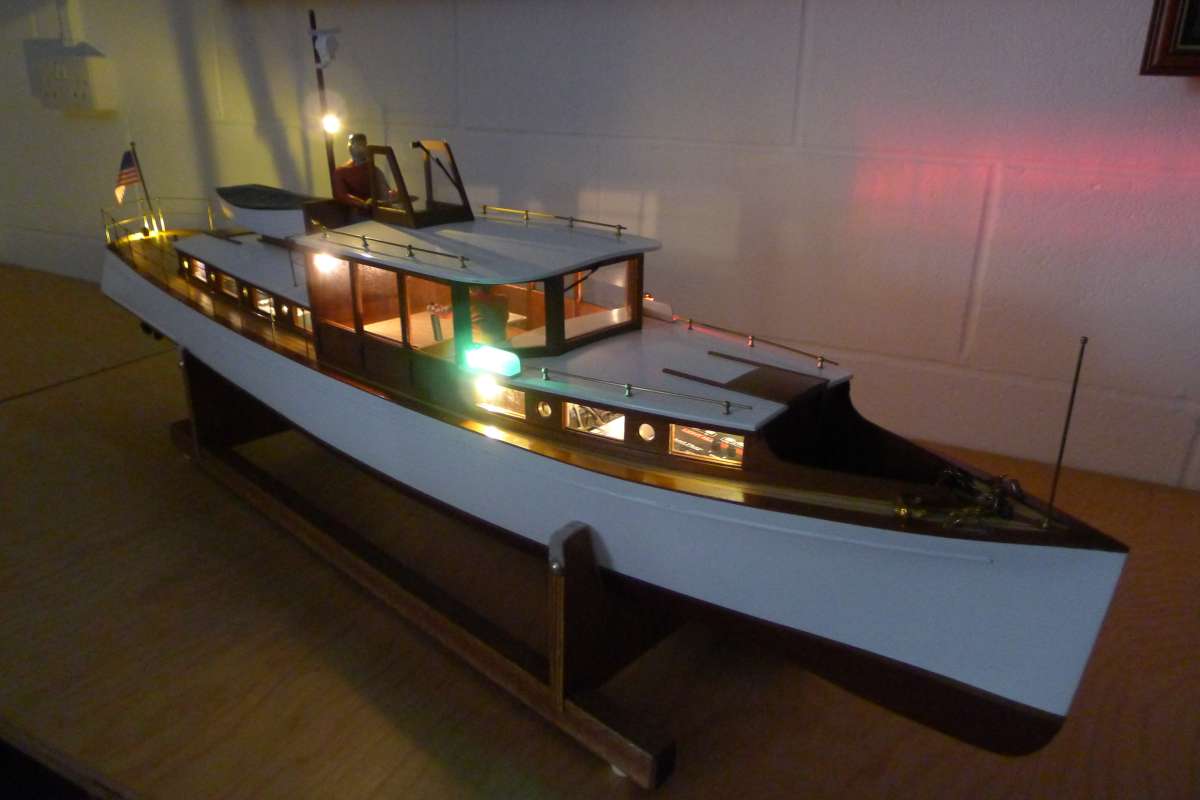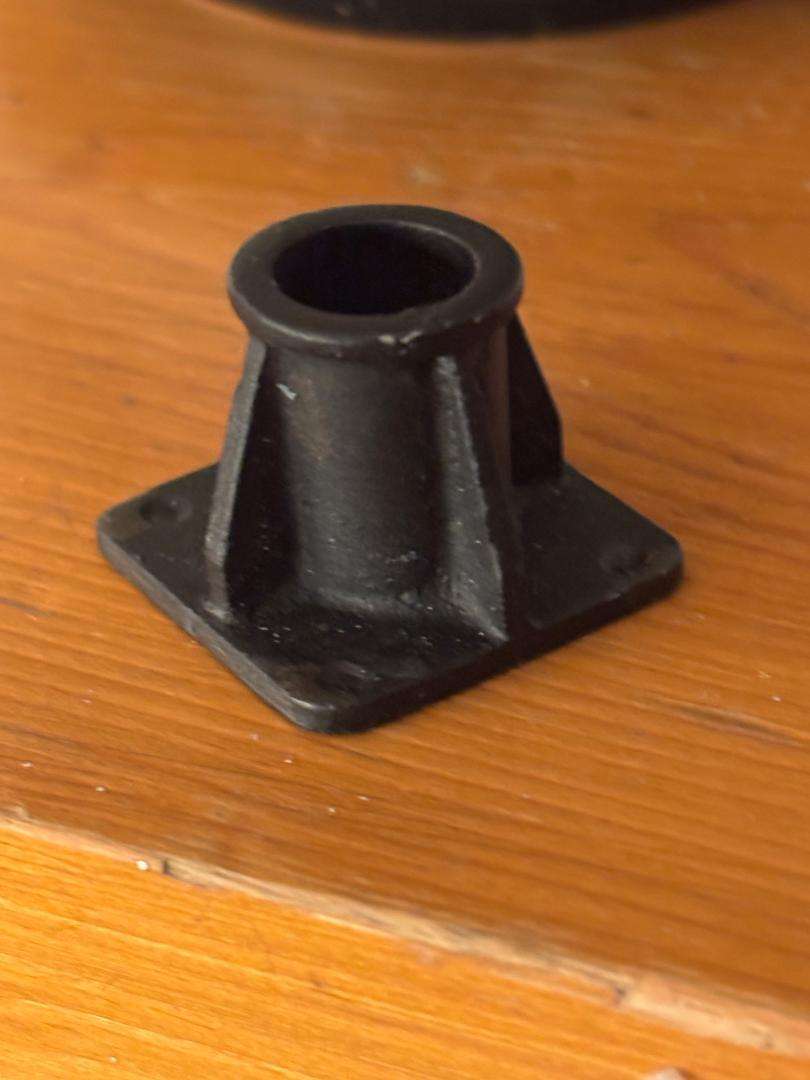I have read an extremely interesting book that tells the story, in their own words, of a couple of coastal steamer captains of around the first half of the 20th Century. They certainly steamed at night even though, as you say, navigational aids were limited. To the point of causing accidents.
I would suggest that the 1950s were pretty much in an era of change where there were probably still plenty of smaller and older ships not changed over to electric lighting. Having said that, I believe that in the early days of DC powered lights there probably wasn’t a great deal to choose between oil lamps and early electric lamps. As you say I think flickering is probably not realistic as the lamps were well shielded internally and the flames adjusted to give a consistent light.
Interestingly many underestimate the effect of the lens in ship’s lamps. All ship’s lamps are designed such that the glass is actually a powerful lens designed to magnify the effect of the lamp. When the regs all changed in the 1980s and copper ship’s lamps were all replaced by plastic ones, the ship I was on went through the process. We found ourselves with a full set of copper ship’s lamps in the engine room workshop to be scrapped. Not surprisingly the Captain had first choice, then the Chief etc. so by the time it got down to the Fourth Engineer there were only a couple of badly battered lamps left. I picked the best of them, which was the stern anchor lamp, in a sorry state as it had spent it’s life sat on a post down the back end rattling about with the vibrating effects of the propeller. I had to solder a new base into it and do a few more repairs but was very pleased with it when I took it home. The intention was to put a small bulb into it and leave it on the floor in the lounge. The trouble was, even with a small bulb, the light was surprisingly bright and overpowering. Consequently it got a plant out in it! It made me realise what a powerful lens the glass is. It also made me realise just how critical it was to have the bulb in the exact centre of the lens otherwise the lens didn’t work.
Anyway the challenge with many LEDs is that they tend to be too bright and the wrong colour for either early electric lights or oil lamps. The Ben Ain is fitted with 12V grain of wheat bulbs but with 7.2V applied. I don’t even know if you can still get grain of wheat bulbs. If using LEDs you really want a warm white colour and, as Colin suggests, adjust the brightness with the appropriate resistor. I wired my lighting in three individually switched circuits. One for navigation lights, one for internal lights and one for a desk lamp on the bridge chart table.
 ashley needham.
ashley needham.

